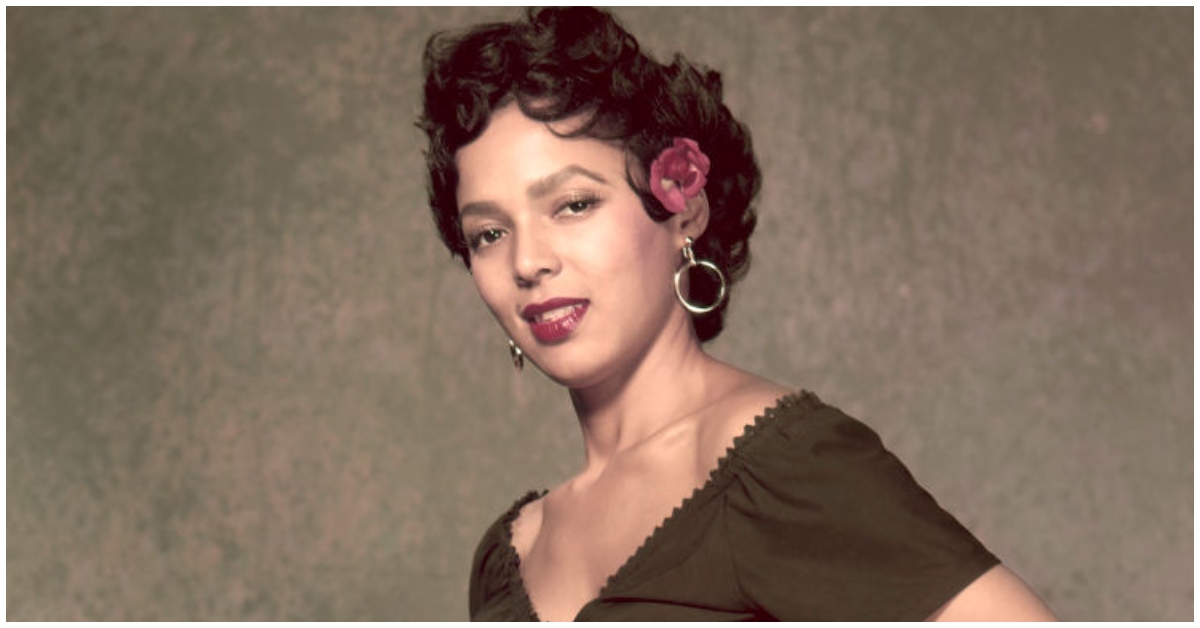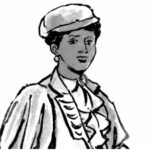Overcoming Racism and Stereotypes to Reach the Heights of Hollywood
Dorothy Dandridge accomplished many groundbreaking achievements for Black women in Hollywood, facing immense racism and discrimination along the way. As the daughter of a single mother, she started performing with her sister at a young age to help provide for the family.
Enduring Racism While Trying to Make it in Show Business
Dandridge performed in church shows and amateur theatre troupes before getting small roles in Hollywood films in the 1930s and 40s. However, the roles offered to Black actors at the time were extremely limited, usually stereotypical characters like maids and servants. Dandridge refused to take parts that portrayed harmful stereotypes.
As she tried to advance her career, she faced immense racism within the Hollywood system. Major film magazines like Photoplay, Modern Screen and Motion Picture did not feature glamorous photo spreads or cover stories on Dandridge, despite her obvious beauty and talent.
The fan magazines of the time upheld segregation by only promoting white actors and ignoring people of color.
Breakthrough Role in Carmen Jones
Dandridge’s big break came when she landed the lead part of Carmen Jones in the 1954 all-Black musical film. Her sultry performance earned rave reviews and attention from mainstream audiences. In 1955, she became the first Black woman featured on the cover of Life magazine. Later that year, she made history again as the first Black woman nominated for the Academy Award for Best Actress.
Struggling Against Stereotyping and Colorism
Even at the height of her fame, Dandridge faced questions over her skin color and European features. She was promoted as a glamorous, light-skinned role model in Black publications like Ebony, upholding white beauty standards.
Meanwhile, white publications focused on her perceived exoticism and sexuality. She struggled to land leading roles that went beyond racial stereotypes.
As she fought discrimination and dismissive attitudes from studio executives and directors, Dandridge developed issues with substance abuse and mental health problems.
The racism and objectification she endured left deep scars. Though her career faded in the late 1950s, Dorothy Dandridge made great strides for the next generation of Black actresses in Hollywood. Her ambition and resilience in the face of formidable obstacles paved the way for those who came after her.
Battling Ghosts from Her Traumatic Childhood
In her later autobiography, Dandridge described herself as being “like a haunted house,” still affected by the trauma and abuse she experienced as a child performer.
Her mother and her mother’s partner forced Dandridge and her sister to tour the country sleeping four to a bed to save money.
The Agony of Being Separated From Her Disabled Daughter
One of Dandridge’s deepest wounds came from having to institutionalize her brain-damaged daughter. The baby was born prematurely when Dandridge’s first husband abandoned her while she went into labor.
Doctors convinced Dandridge she could not properly care for her daughter, but giving the girl up haunted Dandridge for the rest of her days.
Torrid Love Affairs and Manipulative Men
Seeking comfort from her inner pain, Dandridge fell into relationships with manipulative, sometimes abusive men. These doomed love affairs included dancing legend Harold Nicholas, British actor Peter Lawford and her Carmen Jones director Otto Preminger.
She longed to find reciprocal love but was continually taken advantage of and demeaned by controlling men, both white and Black, who viewed her as an object.
Turning to Substance Abuse to Numb the Pain
The racism, abusive childhood, separation from her daughter, and destructive relationships led Dandridge to depend heavily on prescription pills, alcohol and other substances.
As she spiraled into depression and her career prospects dried up, her substance abuse intensified. She died accidentally from an overdose in 1965 at the young age of 42.
Dorothy Dandridge was a phenomenally talented performer who reached great heights of success despite oppressive obstacles.
However, the racism and trauma she endured throughout her life ultimately overwhelmed her, cutting short a career that should have shined much brighter. The entertainment world failed her, but the memory of her ambition and artistry lives on.





